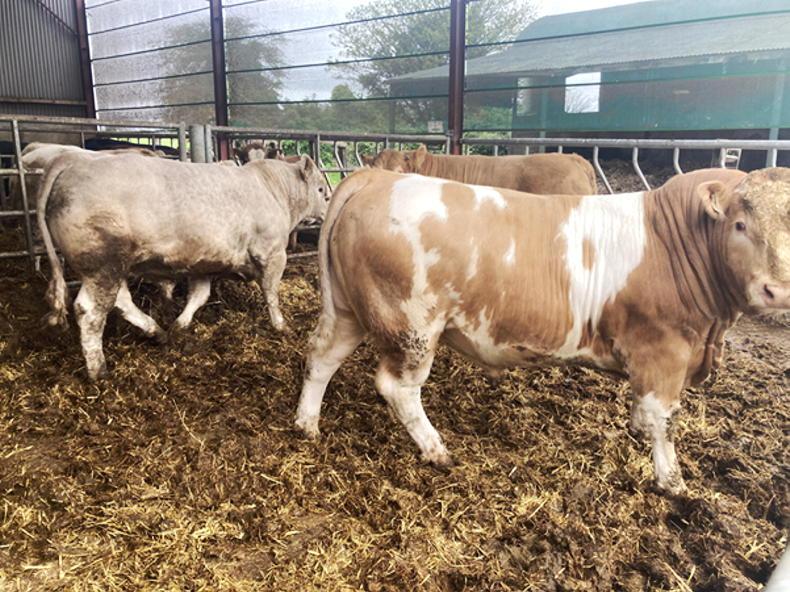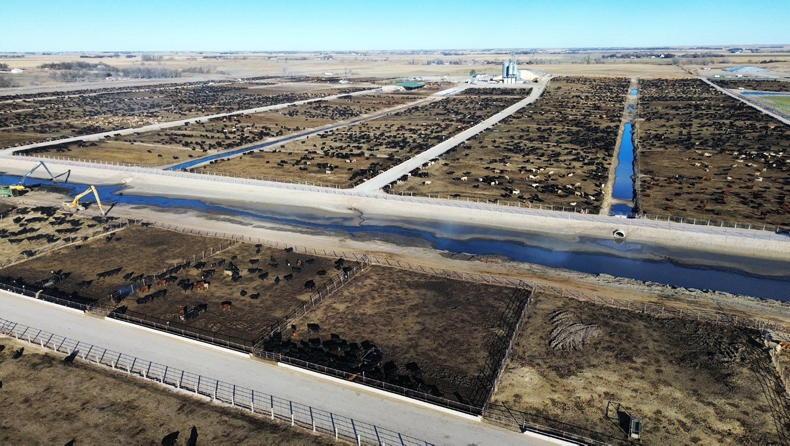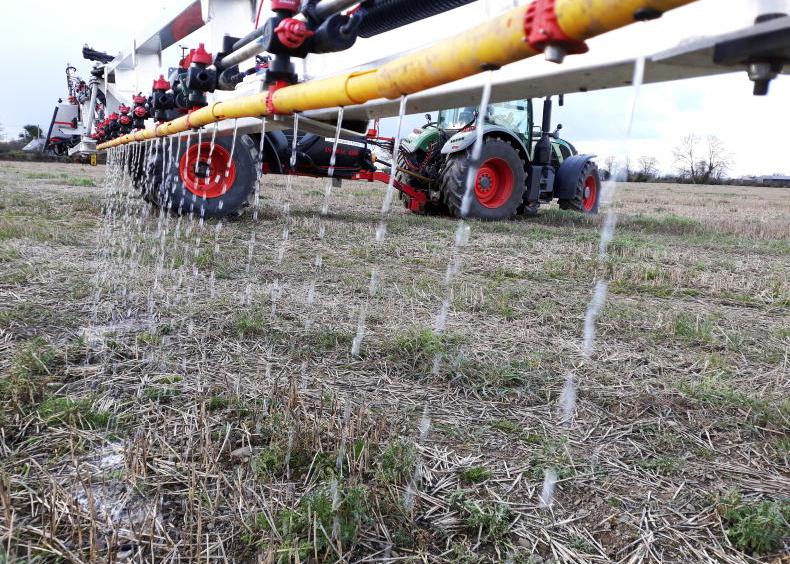Eamon and Donnchadh McCarthy run a 50-cow spring and autumn calving suckler herd in west Waterford. They are finishing bulls under 16 months of age and heifers at 21.4 months.
They use 100% AI and have been continuously improving management of their herd to produce more beef at a lower financial and environmental cost per animal.
Ten years ago, bulls were slaughtered at 19.2 months and 302kg carcase weight.
This year, bulls were slaughtered at 15.4 months with a carcase weight of 417kg; a reduction of 3.8 months but with an increase of 115kg carcase weight, resulting in a significant reduction in carbon footprint.
Likewise, heifers were finished at 23.1 months at 232kg carcase weight in 2013.
This year’s heifers are currently on their finishing diet but are expected to perform close to last year’s heifers that finished at 21.4 months of age with 320kg carcase weight – a reduction of 1.7 months in slaughter age with an increase of 88kg in carcase weight.
Eamon and Donnchadh attribute these massive improvements in animal performance to three main things:
Genetics – the game-changer: back in 2013 the €uroStar indexes were not used, the stock bull was -10.8kg on carcase weight and +0.9kg on daughter milk. The earliest €uroStar report for the cows shows that they were very strong on milk at +14.3kg but low on carcase weight at only +1kg. After 10 years of targeted breeding for replacements, the herd is now more balanced with +7.9kg daughter milk and +14kg carcase weight.
Terminal sires are up to + 42.3kg on carcase weight for finishing cattle. The key is; each bull is picked to suit each cow’s traits.
This is reflected in the ICBF 200-day weight report which showed that the bulls gained 0.71kg per day in 2013; this year’s figure is 1.24kg per day. Similarly, the heifers gained 0.7kg per day in 2013 and this year’s figure was 1.03kg per day.
Nutrition: better grass management and silage quality mean that cattle are performing better at grass and over their first winter, which has increased their daily weight gains and allows them to be finished earlier. This comes from a combined increase in the number of paddocks, a stronger focus on soil fertility and cutting silage in mid-May instead of June.Lying space: research in Grange shows that finishing cattle need 2.7m2 lying space on slats and 4m2 on straw – insufficient lying space can result in a reduction of 20kg carcase weight per head.The addition of a new straw-bedded shed means the bulls now have sufficient space and performance has improved.

Cattle on the McCarthy's farm.
However, Eamon and Donnchadh are never ones to stand still and will continue to reduce the slaughter age on their farm through further improvements in genetics (using sexed semen to breed replacements and using more terminal bulls on other cows) and further improving silage quality on their farm.
They will be hosting a farm walk on 26 July 2024 – all are welcome to attend this free event to discuss how their impressive performance is achieved.
Eamon and Donnchadh McCarthy run a 50-cow spring and autumn calving suckler herd in west Waterford. They are finishing bulls under 16 months of age and heifers at 21.4 months.
They use 100% AI and have been continuously improving management of their herd to produce more beef at a lower financial and environmental cost per animal.
Ten years ago, bulls were slaughtered at 19.2 months and 302kg carcase weight.
This year, bulls were slaughtered at 15.4 months with a carcase weight of 417kg; a reduction of 3.8 months but with an increase of 115kg carcase weight, resulting in a significant reduction in carbon footprint.
Likewise, heifers were finished at 23.1 months at 232kg carcase weight in 2013.
This year’s heifers are currently on their finishing diet but are expected to perform close to last year’s heifers that finished at 21.4 months of age with 320kg carcase weight – a reduction of 1.7 months in slaughter age with an increase of 88kg in carcase weight.
Eamon and Donnchadh attribute these massive improvements in animal performance to three main things:
Genetics – the game-changer: back in 2013 the €uroStar indexes were not used, the stock bull was -10.8kg on carcase weight and +0.9kg on daughter milk. The earliest €uroStar report for the cows shows that they were very strong on milk at +14.3kg but low on carcase weight at only +1kg. After 10 years of targeted breeding for replacements, the herd is now more balanced with +7.9kg daughter milk and +14kg carcase weight.
Terminal sires are up to + 42.3kg on carcase weight for finishing cattle. The key is; each bull is picked to suit each cow’s traits.
This is reflected in the ICBF 200-day weight report which showed that the bulls gained 0.71kg per day in 2013; this year’s figure is 1.24kg per day. Similarly, the heifers gained 0.7kg per day in 2013 and this year’s figure was 1.03kg per day.
Nutrition: better grass management and silage quality mean that cattle are performing better at grass and over their first winter, which has increased their daily weight gains and allows them to be finished earlier. This comes from a combined increase in the number of paddocks, a stronger focus on soil fertility and cutting silage in mid-May instead of June.Lying space: research in Grange shows that finishing cattle need 2.7m2 lying space on slats and 4m2 on straw – insufficient lying space can result in a reduction of 20kg carcase weight per head.The addition of a new straw-bedded shed means the bulls now have sufficient space and performance has improved.

Cattle on the McCarthy's farm.
However, Eamon and Donnchadh are never ones to stand still and will continue to reduce the slaughter age on their farm through further improvements in genetics (using sexed semen to breed replacements and using more terminal bulls on other cows) and further improving silage quality on their farm.
They will be hosting a farm walk on 26 July 2024 – all are welcome to attend this free event to discuss how their impressive performance is achieved.











SHARING OPTIONS